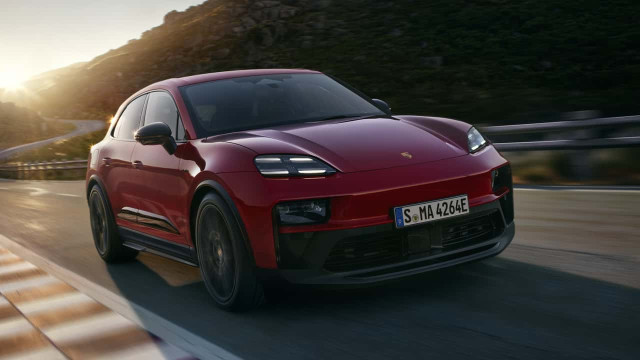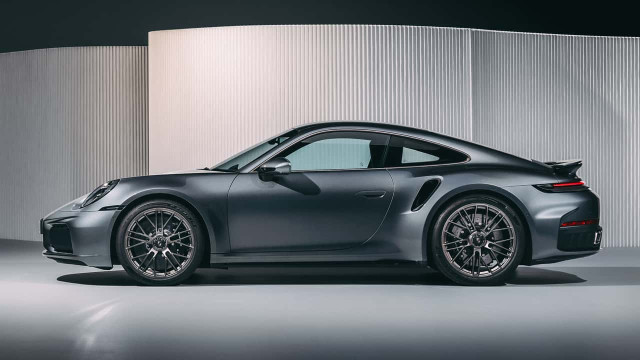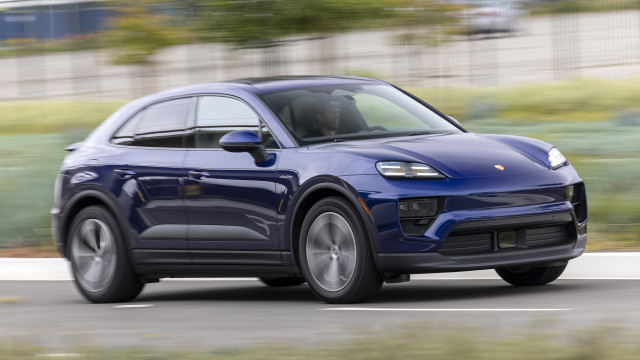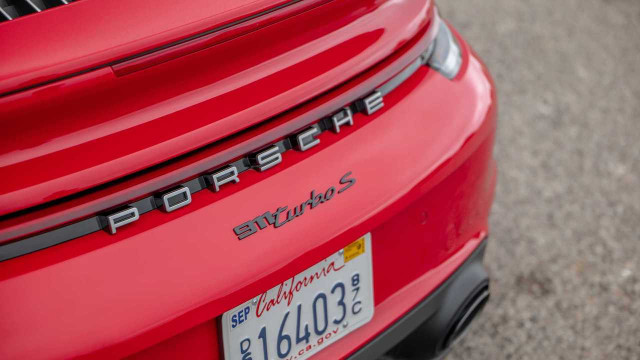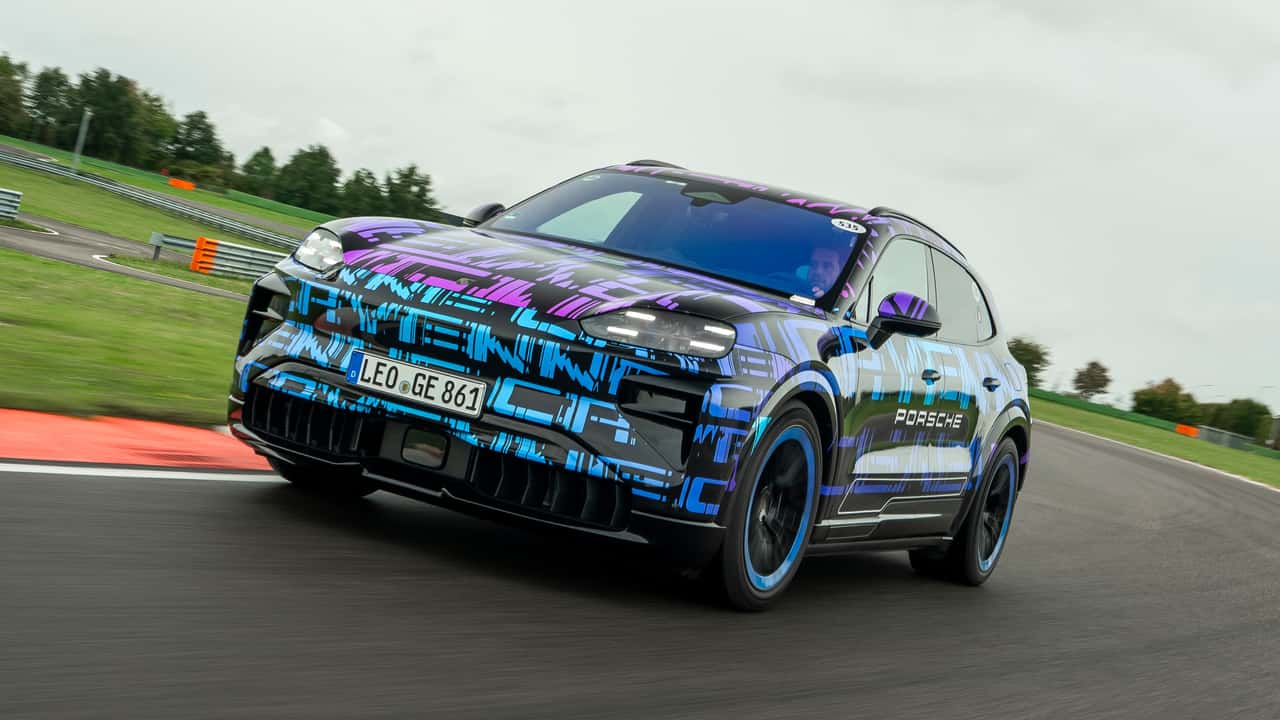Porsche Unveils the Electrified Cayenne Turbo, Boasting Over 1,000 HP
Shift in Porsche's Electric Strategy
Porsche is recalibrating its approach to electric vehicles, acknowledging the challenges in EV demand. Nonetheless, the brand remains committed to excellence.
The new Cayenne Electric Turbo is set to deliver upwards of 1,000 horsepower, marking a significant advancement from Porsche’s earlier electric models. Our visit to the Leipzig factory provided an exclusive glimpse into this powerful SUV.
Fourth-Generation Cayenne Electric
Known internally as the E4, this fourth-generation model will coexist with the third-generation gasoline variant for the foreseeable future. It is Porsche’s second vehicle built on the VW Group’s Premium Platform Electric (PPE) architecture, following the Macan Electric. However, the Cayenne Electric offers distinct enhancements beyond merely being a larger Macan.
Innovative Battery and Motor Design
Engineered with a fresh battery configuration, the Cayenne Electric features an oil-cooled rear motor in its Turbo variant, an updated infotainment system, and the optional Porsche Active Ride suspension.
Performance Enhancements
Porsche aims to elevate both performance and electric efficiency with the new Cayenne. The Turbo model is touted as Porsche’s most potent production car to date, potentially exceeding the Taycan Turbo GT’s 1,019 hp. It can accelerate from 0 to 62 mph in under three seconds and reach 124 mph in under eight seconds, generating an impressive 1,106 lb-ft of torque.
Advanced Regenerative Braking and Battery Technology
The Cayenne Turbo also offers up to 600 kW of regenerative braking, a rapid 400 kW charging capability (charging from 10% to 80% in approximately 16 minutes), a high-density 113 kWh battery surpassing the Taycan’s, and an estimated range of 373 miles on the European test cycle.
Engineering Innovations
Discussions with Porsche engineers reveal a focus on maximizing efficiency, particularly through the battery pack design. By eliminating a traditional frame and attaching six modules with 32 pouch cells each directly to the vehicle structure, Porsche reduces weight and enhances energy density. Additional refinements include repositioning cooling fans to optimize performance.
Custom Rear Motor and Wireless Charging
The Turbo’s rear motor, developed in-house, utilizes direct oil cooling on copper windings to sustain higher performance levels and improve regenerative braking. Inspired by the Cayman GT4 E-Performance concept, this design is comparable to innovations seen in brands like Lucid. Furthermore, the Cayenne Electric will be the first production EV to offer optional wireless inductive charging.
Chassis and Suspension
The chassis closely mirrors the Macan, featuring a four-link front suspension and a multi-link rear axle. Unlike Audi’s PPE-based models, the Cayenne Electric mounts the rear motor in a reversed position, achieving a slightly rear-biased weight distribution of 52%. It also employs a single-speed transmission, eliminating the need for the two-speed gearbox found in the Taycan.
Porsche Active Ride Suspension
Inherited from the Panamera and Taycan, Porsche Active Ride utilizes electrohydraulic motor-pump units connected to each damper, allowing precise control over the vehicle’s body movements. For the Cayenne, larger dampers enhance off-road capabilities, complemented by software optimizations. Standard features include semi-active, height-adjustable air suspension with PASM adaptive dampers.
Interior and User Experience
The interior of the Cayenne Electric marks a progression from the Macan, featuring a new curved center display that elegantly extends towards the palm rest. Despite the modern display, Porsche retains numerous physical controls, ensuring an intuitive and user-friendly interface.
Final Impressions and Future Outlook
With the full reveal of the Cayenne Electric still a few months away, complete specifications and pricing remain under wraps. However, test drives at the Porsche Experience Center Leipzig have highlighted the Turbo’s exceptional acceleration and handling, thanks to the Active Ride system and the significant power delivered to the rear wheels.
While Porsche navigates the evolving EV landscape, its relentless engineering efforts demonstrate a strong commitment to advancing electric performance, potentially challenging competitors like Lucid with the Gravity model.

